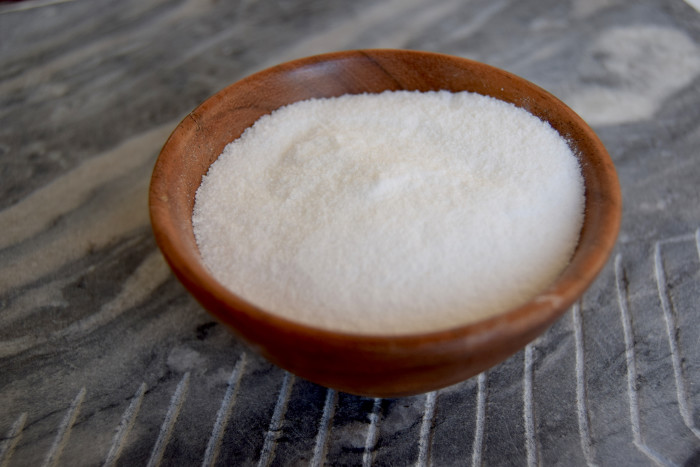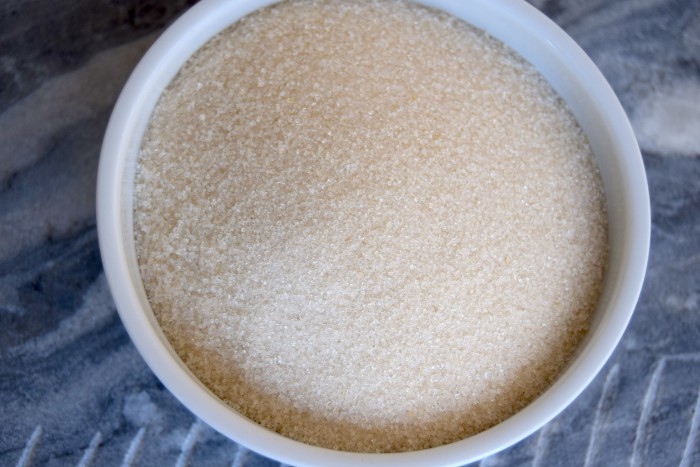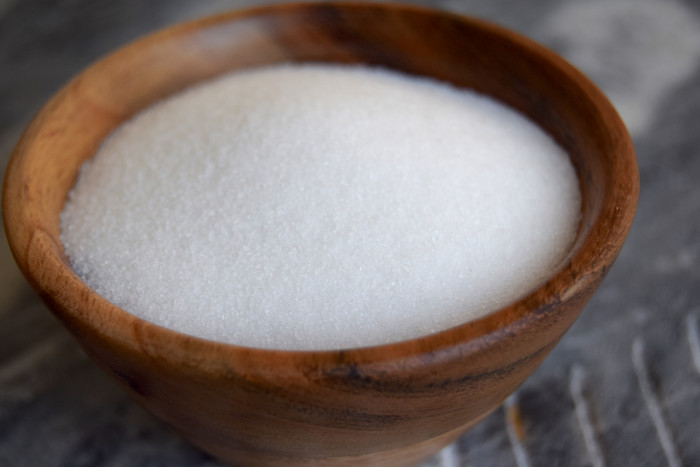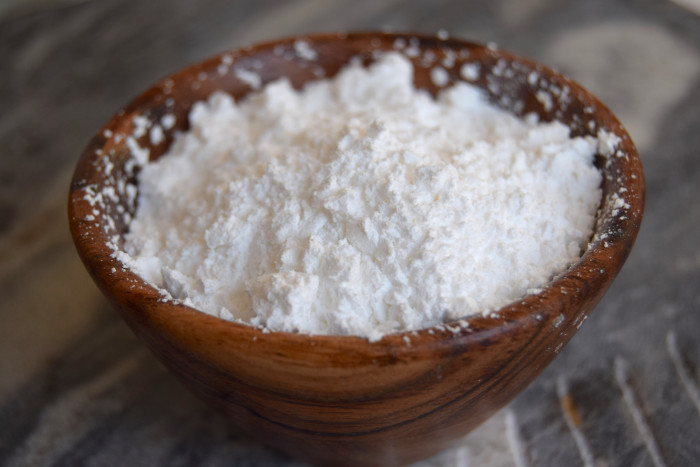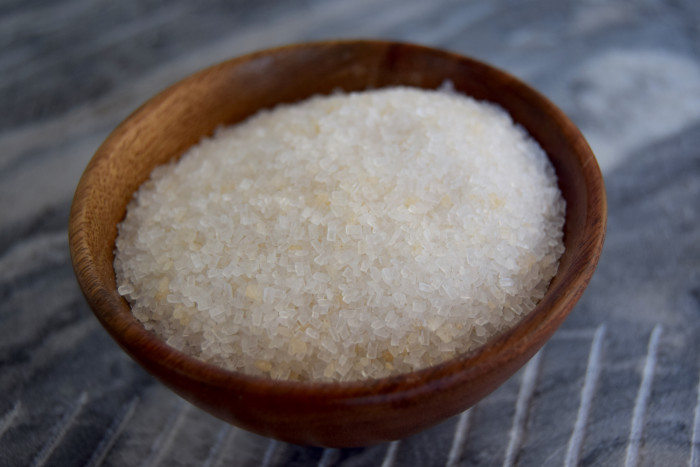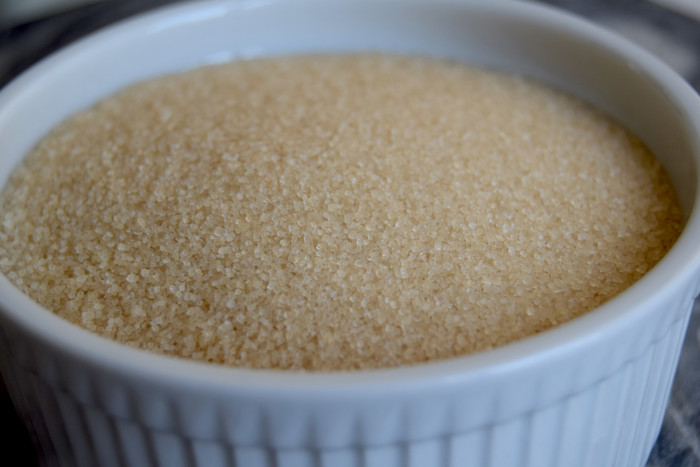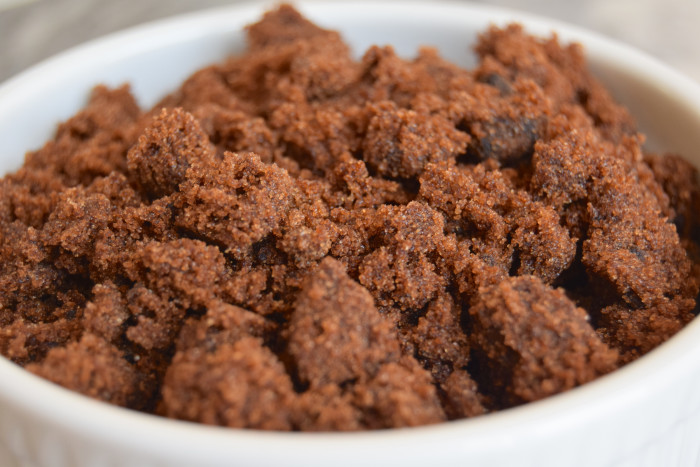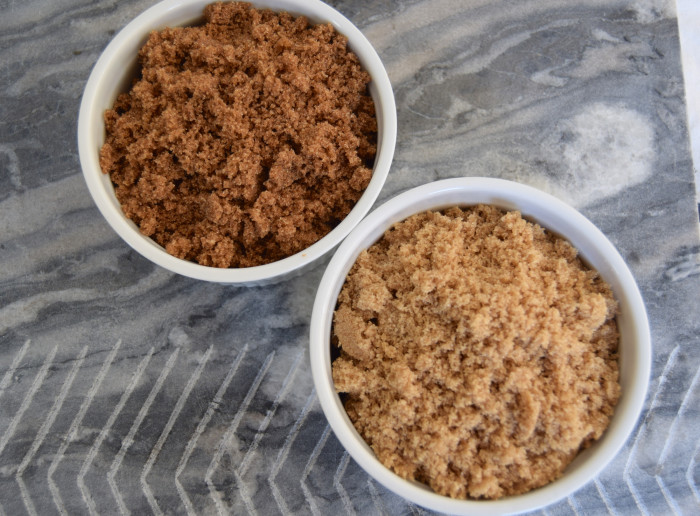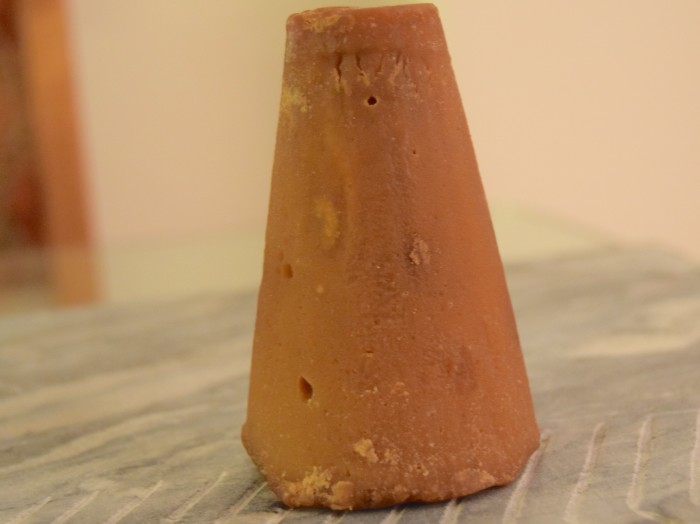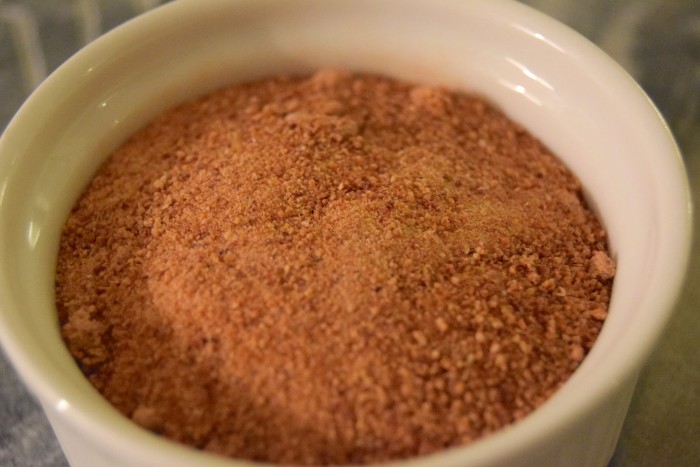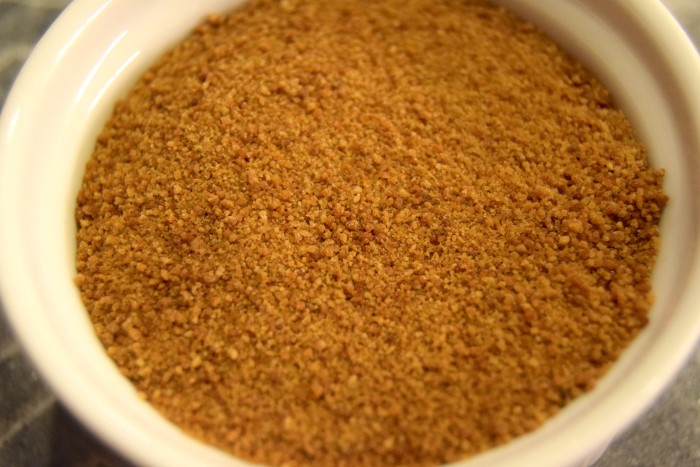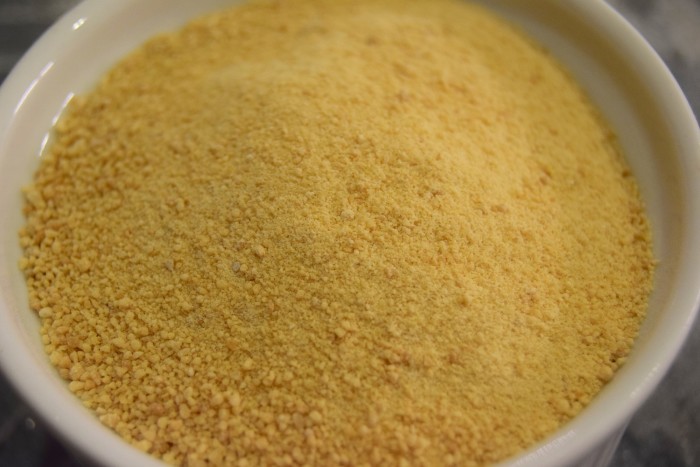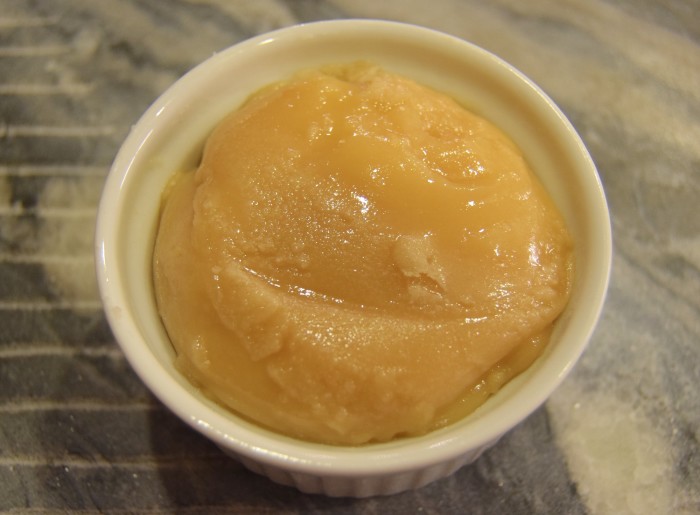A Handy Guide To All The Kinds Of Sugar
We all know, on a general level, what sugar is. It makes things sweet. It might make you fat. And if you cook or bake, you'll see it called for in most recipes. But "sugar" isn't actually a single substance that you can buy. There are many different types, and while they're all sweet, they're definitely not all the same. Whether you're baking, balancing out an acidic sauce or making homemade caramel, there's a perfect sugar for you.
Molasses
This is a by-product of refining sugarcane into granules. The sugarcane, beets or other sugar source is harvested, smashed, juiced and boiled to form sugar crystals. When the crystals are extracted, the leftover syrup is molasses, which is also used as a sweetener and adds a chewy, sticky texture to baked goods (ever had soft gingerbread?).
White (photo above)
This is the most common form of sugar seen on store shelves, and what many people are referring to when they say "sugar." This is sugar that can come from a variety of sources, but most often it comes from sugarcane or beets. It is highly refined, with anything extra (like molasses) that might not make it taste like pure, simple sweetness extracted. Most recipes that call for sugar are calling for this (unless otherwise specified).
Cane
Cane sugar (photo above) is similar to white sugar but is less processed and only comes from sugarcane. It's basically interchangeable with white sugar.
Caster
Also known as superfine sugar, caster is processed into ultrafine granulated crystals. This makes it melt more quickly and evenly; it's good for making things like meringue or simple syrup.
Powdered
This is white sugar that's been ground down past the point of being granulated into a powder. It's mixed with cornstarch to keep it from getting sticky. It melts really quickly, and is perfect for making icing/frosting and other confections (which is part of the reason it's also called confectioner's sugar)
Sanding
This is large-crystal refined sugar that doesn't melt easily. Because of that, it's usually used for decorating baked goods to give them a little extra texture and sweetness. It also comes in a variety of (fake and natural) colors.
Demerara and Turbinado
These are both minimally refined cane sugars (so some of the molasses is removed, but most is left behind). These two taste slightly different, with demerara having a molasses-like flavor while turbinado is a bit subtler and more caramel-like. These are easily mistaken by some to be standard brown sugar, and in many cases they are interchangeable, but you want to use these when the subtle differences can stand out. Simple baked goods like cookies and beverages like coffee or tea have the most to gain from using these as opposed to other varieties of sugar.
Muscovado
This is the good, unrefined stuff. If this sugar were protesting something, their sign would read "Hands off my molasses!" This sugar is like sticky sand in its consistency and is a great substitute for brown sugar when you really want something that stands out flavorwise. Muscovado makes great barbecue sauce and is also good for other sweet and savory marinades. Its pronounced flavor may be a bit overwhelming if you try to add it to your morning tea.
Brown (light and dark)
This is refined white sugar with some molasses added back in, which is what gives it that soft, sticky texture. There are light and dark versions of this, with the only difference being that there is more molasses added back into the dark version (and therefore more flavor). These are basically interchangeable in their use, but if I'm being honest, light brown sugar is worthless compared to its darker counterpart.
Panela
This variation is popular in Latin America, where it's also known as piloncillo ("little pylon" in Spanish), and India, where it's called gur. This was originally a method of processing and packaging unrefined sugarcane, and it's an essential ingredient for certain regional food items.
Date sugar
This sweet stuff is made from dehydrated dates, and when I say that I mean the whole date. Because of that, it doesn't really melt like sugar would, and when you bake it into something you'll end up with little brown flecks. If using in place of white or brown sugar, you want to use about two-thirds as much by volume.
Coconut sugar
Also known as coconut palm sugar or coco sap sugar, this is made from the flower buds of coconut palms. It's interchangeable with brown sugar in a lot of cases, with a slightly more caramel-like flavor, and some consider coconut sugar to be healthier than white or brown owing to its lower glycemic index and naturally occurring nutrients, like zinc and iron. Another plus: It's sustainable!
Maple sugar
Take sap from a maple tree. Boil to 270°F. Stir constantly as it cools and forms granules. You just made maple sugar, a far more maple-y substitute for white or brown sugar. Or buy it, which is way easier.
Palm sugar
Made from the sweet sap of palm trees — date palm, sugar date palm, sugar palm, nipa palm, or Palmyra. This is used and produced primarily in Southeast Asia and can come in syrupy pasty granules (see above), regular granules or little hardened cakes.
Pearl sugar
Also called "hail" or "nib" sugar, this is a useful by-product of making white sugar. Pearl sugar is simply larger granules that were once mucking up people's granulated sugar until someone realized you could use it for baking when you wanted giant sugar crystals that didn't melt and stayed crunchy. You'll see it on top of simple French pastries, like chouquettes (sugar puffs), and sprinkled on Belgian waffles.


